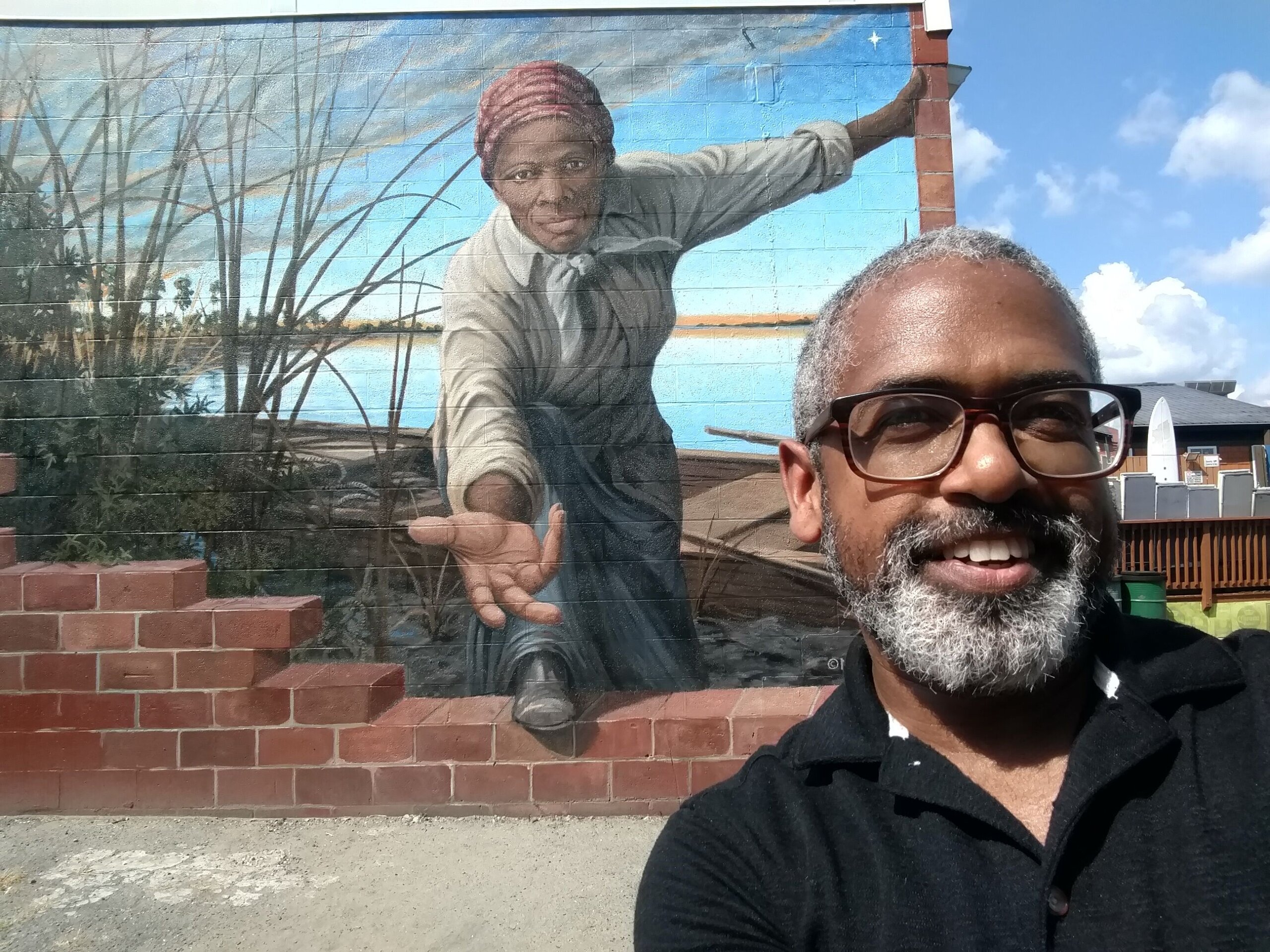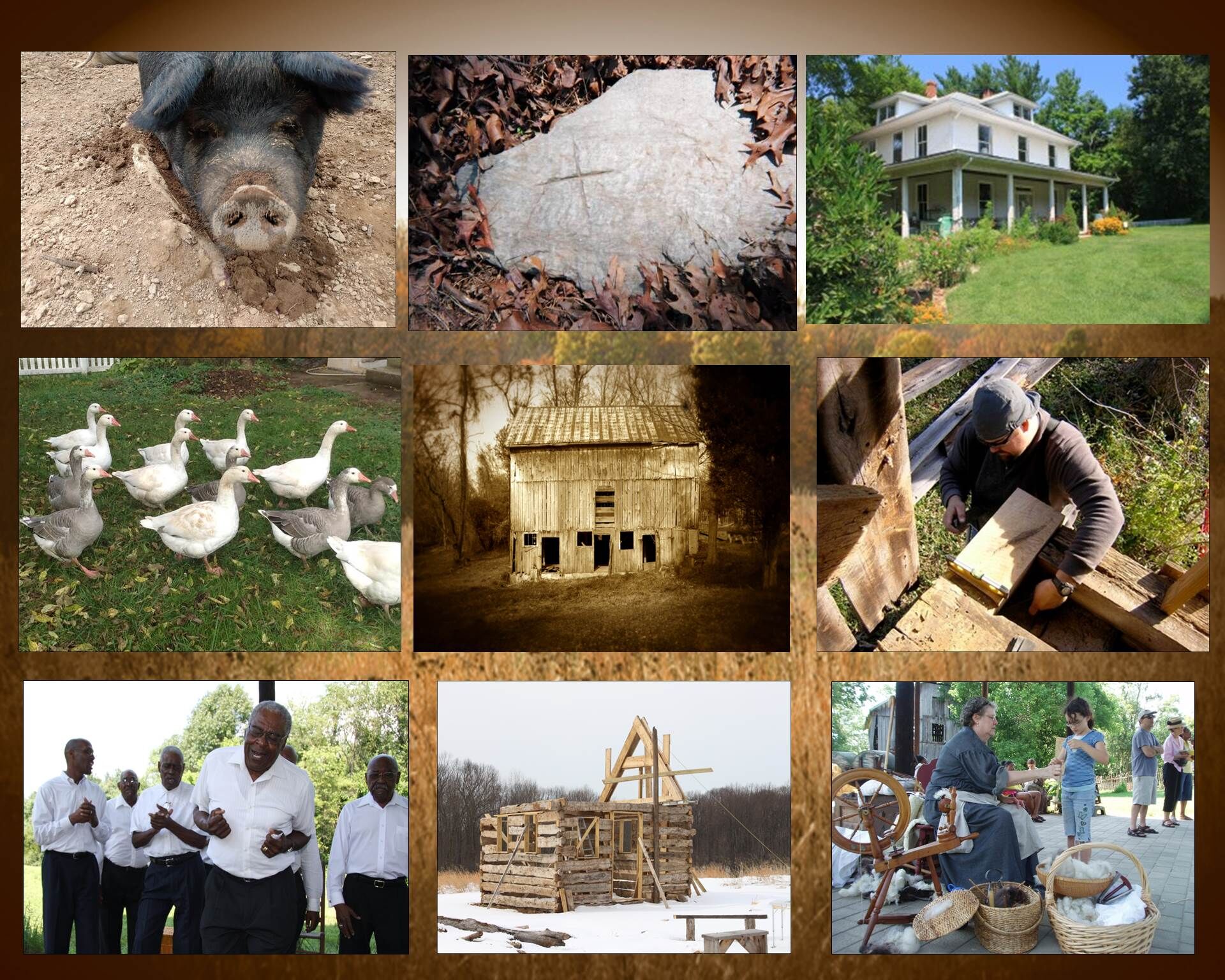Maryland Gov. Larry Hogan proclaimed September the state’s fourth-annual “International Underground Railroad Month.”
The proclamation falls in the same year that the state marks 2022 as the “Year of Harriet Tubman.”

Tubman was born into slavery in what is now Dorchester County on Maryland’s Eastern Shore. She escaped to freedom as a young woman and made multiple trips back to Maryland to liberate dozens of other enslaved people.
The routes of the Underground Railroad thread across the state, and a Montgomery County man has worked to preserve history of the network that allowed so many to find their way to new lives.
Tony Cohen is the president of the Menare Foundation, which is housed on Button Farm, a living history site on the grounds of Seneca Creek State Park in Germantown.
In 1996, Cohen traveled along a route of the Underground Railroad that stretched from Sandy Spring in Montgomery County to Amherstburg, Canada.
Cohen, who is Black, said that while he tried to replicate the modes of travel — on foot, by rail and by boat — there was no way to duplicate the sense of peril that people escaping slavery would have felt.
“I was a modern person making the journey in modern times,” Cohen told WTOP.
But he said when he reached Canada, the major emotion was elation.

“So many actual self-liberators had gone through that spot,” and he imagined they experienced something like his own joy.
For one part of his 1996 journey, Cohen used a strategy created by a man known as Henry “Box” Brown, who was born into slavery in Louisa County, Virginia, sometime around 1814.
Brown arranged to have himself “mailed” in a crate from Richmond, Virginia, to Philadelphia in 1849.
Cohen said he had friends construct a crate similar to the dimensions of the box used by Brown. The crate allowed him to sit up, with his knees drawn to his chest.
“I was shipped from Philadelphia to New York City” aboard an Amtrak train, said Cohen. But there was one thing he failed to consider until he got into the box. “I’m claustrophobic, which is probably something I should have thought about ahead of time,” said Cohen, with a laugh.
Cohen said the trip made him realize that most likely “the chief fuel used on the Underground Railroad was adrenaline.”
“When people escaped, they were really fixated on the destination, and not all of the obstacles that they were going to encounter along the way,” he said.
Cohen said on Sept. 17, Button Farm will hold its third-annual Harriet Tubman Day.
“We’re going to have some guided tours and an exhibit of objects that tell the story of her life,” Cohen said.
You can learn more about Maryland’s connection to the Underground Railroad on the state’s tourism website.
Other resources on the Underground Railroad can be found here:
- Harriet Tubman National Historical Park
- Harriet Tubman Underground Railroad Scenic Byway
- Montgomery County Parks
- Button Farm








